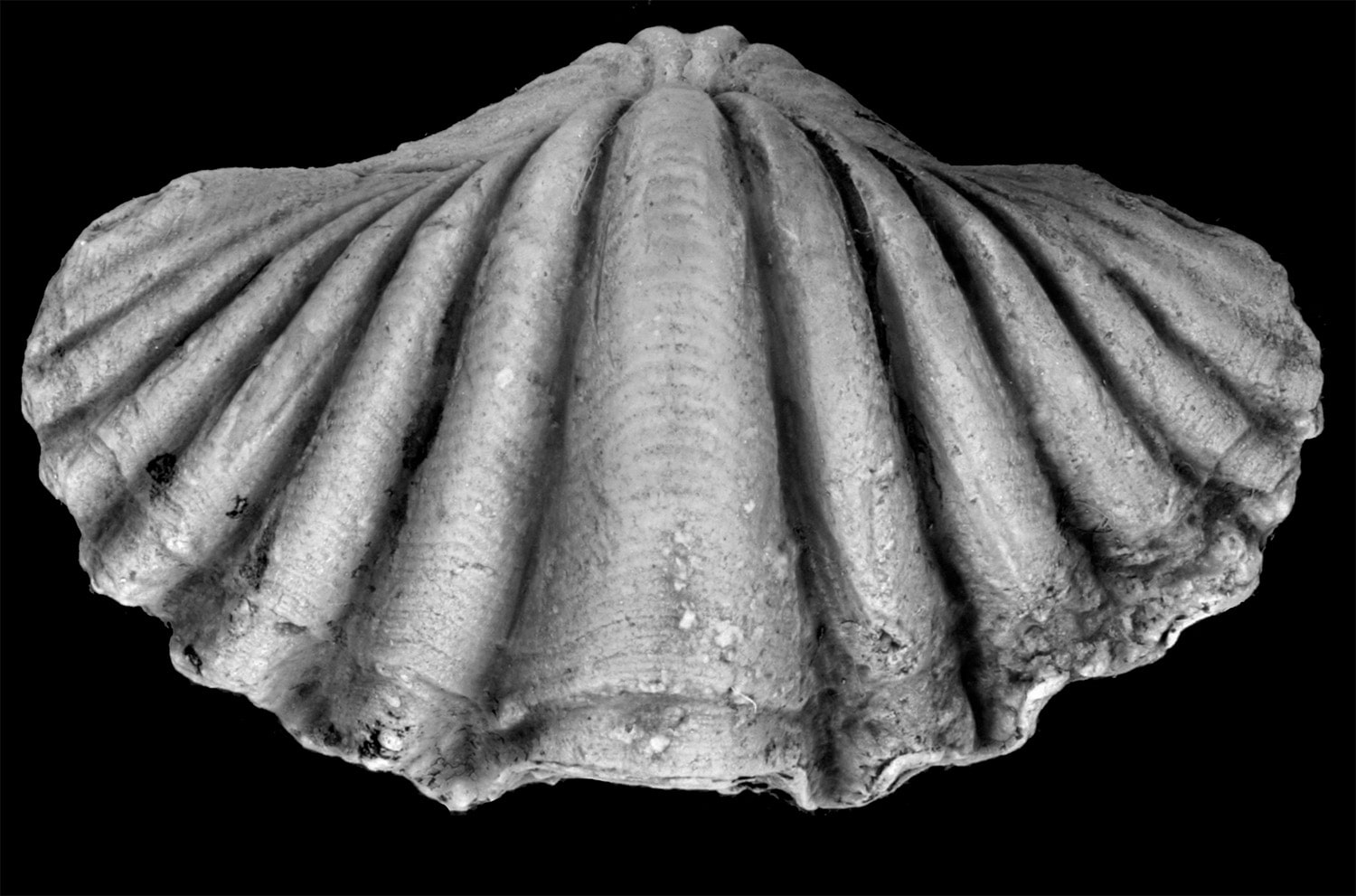
25 interesting facts about brachiopods
- 👁️ 256
Brachiopods, often known as lamp shells, are a group of marine invertebrates that have existed for over 500 million years. With their rich fossil record, they offer a window into the past, showcasing the diversity of life and the dynamics of evolution. Unlike bivalves, to which they bear a superficial resemblance, brachiopods have two shells of unequal size and shape. These fascinating creatures have survived several mass extinctions, adapting to changing environments throughout geological history. Today, they continue to intrigue scientists with their unique biology and ecological roles. Let’s explore some interesting and informative facts about brachiopods that highlight their significance in the marine ecosystem and their contributions to our understanding of biodiversity.
- Brachiopods belong to their own phylum, Brachiopoda, which includes over 12,000 described species, both extinct and living.
- They first appeared during the Cambrian period, about 540 million years ago, making them one of the oldest known animal groups.
- Brachiopods were most abundant during the Paleozoic era, especially in the Ordovician and Silurian periods.
- Unlike bivalves, whose shells are laterally symmetrical, brachiopods’ shells are symmetrical along the vertical axis.
- The two shells of a brachiopod are known as the ventral (bottom) and dorsal (top) valves.
- Today, there are about 300-500 living species of brachiopods, a significant decline from their peak diversity.
- Brachiopods filter feed by pumping water into their shells and extracting nutrients using a specialized organ called the lophophore.
- The majority of living brachiopods inhabit cold and deep marine waters, often below 200 meters.
- Some brachiopod fossils are so well-preserved that they retain traces of soft tissues, providing insight into their physiology and behavior.
- The largest brachiopod fossil ever found was over 30 centimeters wide, belonging to the species Gigantoproductus.
- Brachiopods attach themselves to the sea floor using a stalk called a pedicle, which extends out of the ventral valve.
- Their decline in diversity is partly attributed to the Permian-Triassic extinction event, the largest mass extinction in Earth’s history.
- Brachiopods have a simple nervous system and no true brain, relying on nerve cells scattered throughout their body for sensory processing.
- In the fossil record, brachiopods are often found in large, dense aggregations, suggesting they lived in colonies.
- Brachiopods’ shells are composed of calcium carbonate, and in some species, the shells are reinforced with silica.
- The smallest living brachiopods are only a few millimeters in size, while the largest modern species can grow up to 10 centimeters.
- Despite their decline, brachiopods remain important ecological indicators and can help scientists understand past marine environments.
- Brachiopod shells can exhibit a wide range of colors, patterns, and textures, though most fossils appear gray or white due to mineralization.
- The lophophore, the feeding organ of brachiopods, is also used for respiration.
- Brachiopods reproduce both sexually and asexually, with some species capable of self-fertilization.
- The study of brachiopods, known as brachiopodology, has contributed significantly to the field of paleontology and evolutionary biology.
- Living brachiopods are considered living fossils, as they have remained relatively unchanged for millions of years.
- In some ancient cultures, brachiopod fossils were used as amulets and were believed to have protective properties.
- The soft parts of a brachiopod are enclosed within the shell, which can close tightly to protect the animal from predators and environmental stressors.
- Brachiopods play a role in the marine carbon cycle by sequestering carbon in their calcium carbonate shells.
Brachiopods are a fascinating link to the Earth’s distant past, offering valuable insights into the evolution of marine life and the history of our planet. Despite their reduced numbers in modern seas, they remain a subject of active research and curiosity, contributing to our understanding of biodiversity, paleoecology, and the resilience of life through Earth’s changing conditions. As we continue to study brachiopods, both living and fossilized, we uncover more about the complexity of life on Earth and the intricate relationships that sustain it. Their enduring presence reminds us of the dynamic nature of evolution and the interconnectedness of all living things.
Brachiopods, often known as lamp shells, are a group of marine invertebrates that have existed for over 500 million years. With their rich fossil record, they offer a window into the past, showcasing the diversity of life and the dynamics of evolution. Unlike bivalves, to which they bear a superficial…